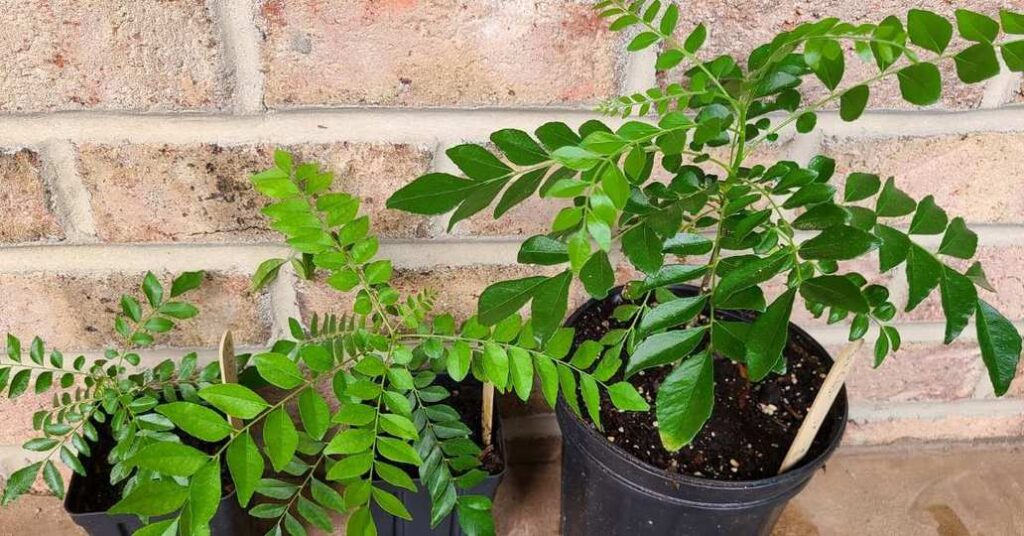Introduction
In the realm of culinary delights and herbal remedies, curry plant and curry tree often spark curiosity and confusion due to their similar names. However, these two plants are distinct entities with unique characteristics, applications, and benefits. In this comprehensive guide, we delve into the nuances that set the curry plant apart from the curry tree. CURRY PLANT VS CURRY TREE
Origins and Botanical Features
Curry Plant (Helichrysum italicum)
The curry plant, scientifically known as Helichrysum italicum, is a perennial herb native to the Mediterranean region. It belongs to the Asteraceae family and is renowned for its aromatic leaves. These leaves, when crushed, emit a strong scent reminiscent of curry, hence the name. However, it’s important to note that the curry plant is not the source of curry spice used in Indian cuisine.
The curry plant typically grows to a height of about 20-30 centimeters and features small, silver-gray leaves with a downy texture. Its flowers are small and yellow, adding a touch of vibrancy to gardens or culinary spaces where it’s cultivated.
Curry Tree (Murraya koenigii)
On the other hand, the curry tree (Murraya koenigii) is a tropical to subtropical tree native to India and Sri Lanka. Belonging to the Rutaceae family, this tree is primarily cultivate for its aromatic leaves, which are a staple in South Indian cooking. The leaves of the curry tree are dark green, glossy, and pinnate, with around 11-21 leaflets arranged alternately along the stem.
Unlike the curry plant, the curry tree can reach heights of up to 4-6 meters when fully matured. Its small, white flowers bloom in clusters, adding a delicate beauty to its overall appearance.
Culinary and Medicinal Uses
Curry Plant
The curry plant is primarily valued for its aromatic leaves, which are often use to add a curry-like flavor to dishes, especially in European cuisine. It’s a popular choice for seasoning meats, soups, stews, and sauces, imparting a unique taste profile that’s both savory and slightly spicy.
In addition to its culinary applications, the curry plant has also been utilize in traditional medicine for its potential health benefits. Its essential oil is believed to possess antioxidant, anti-inflammatory, and antimicrobial properties, making it a sought-after ingredient in natural remedies and aromatherapy.
Curry Tree
The curry tree holds a special place in South Indian cooking, where its leaves are a key component in many dishes, particularly curries and chutneys. These leaves are rich in essential oils and have a distinct, aromatic flavor that enhances the taste of various culinary creations.
Beyond its culinary significance, the curry tree has been studied for its potential medicinal properties. In Ayurvedic and traditional medicine, extracts from the tree’s leaves, bark, and roots are use for their purported antimicrobial, anti-diabetic, and anti-inflammatory effects.
Growing and Caring Tips
Curry Plant
If you’re considering cultivating curry plants in your garden or pots, here are some essential tips:
Opt for well-draining soil with a slightly alkaline pH.
Place the plant in a sunny location with good air circulation.
Water moderately, allowing the soil to dry out between waterings.
Prune regularly to maintain shape and encourage bushier growth.
Protect from frost during winter months, as the plant is sensitive to cold temperatures.
Curry Tree
For those interested in growing their own curry trees, here are key pointers:
Choose a sunny spot with well-draining soil, preferably sandy loam.
Water regularly, especially during dry spells, to keep the soil moist but not waterlogged.
Prune as needed to promote branching and manage height.
Fertilize sparingly with a balanced fertilizer during the growing season.
Protect young plants from harsh sunlight and extreme temperatures until they establish.
Conclusion
In summary, while both the curry plant and curry tree share a common name and aromatic attributes, they are distinct botanical specimens with unique features and uses. Whether you’re a culinary enthusiast seeking exotic flavors or a herbalist exploring natural remedies, understanding the differences between these plants adds depth to your knowledge and appreciation of nature’s bounty.

